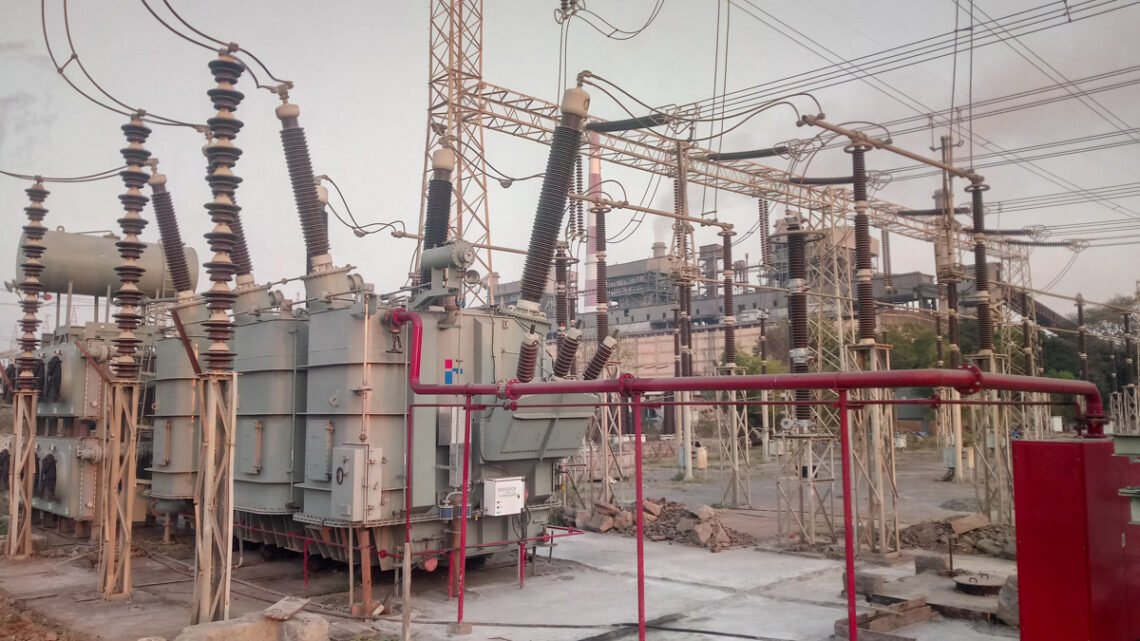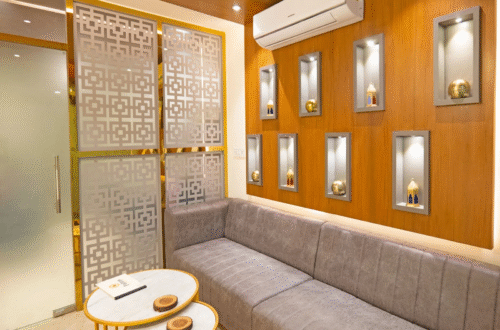Selecting the right busbar trunking system is a critical decision for any business seeking efficient, reliable, and scalable power distribution. With the rapid growth of industrial processes and the increasing demand for uninterrupted power, understanding the nuances of busbar trunking systems can save both time and money in the long run. In this article, we share expert tips to guide you through the selection process, ensuring your facility enjoys optimized performance and reduced downtime.
Understanding Busbar Trunking Systems
A busbar trunking system is a prefabricated, factory-tested electrical distribution solution designed to carry large currents over extended distances. Unlike traditional cabling, busbars provide superior heat dissipation, lower power losses, and greater flexibility for modifications and extensions. Before diving into technical details, it’s essential to recognize the advantages—compact design, higher current capacity, and built-in short-circuit protection—that make busbar trunking an attractive choice for modern businesses.
Assessing Your Power Requirements
The first step in choosing an ideal system is to accurately determine your power needs. Calculate the total load, taking into account both current and future expansions. Consider peak demand scenarios and any surge currents that motors or heavy machinery may introduce. Selecting a system with an adequate safety margin helps prevent overloads and ensures longevity. Consulting with electrical engineers and using load calculation software can provide precise data to base your decision on.
Evaluating System Types and Configurations
Busbar trunking systems come in various configurations, including single-phase, three-phase, and multi-tier arrangements. Your selection should align with your facility’s phase requirements and layout constraints. For instance, multi-tier systems allow for separate circuits—power, lighting, and control—within the same enclosure, reducing installation complexity. Assess the modularity options offered by different manufacturers to facilitate future expansions without extensive downtime.
Prioritizing Safety and Compliance
Safety is paramount in any electrical installation. Ensure that the chosen busbar trunking system complies with relevant national and international standards, such as IEC 61439 or IS 8623 for India. Look for features like IP-rated enclosures for dust and moisture protection, fault-level withstand capacities, and integrated earth fault protection. Additionally, verify that the system’s short-circuit rating exceeds the maximum prospective fault current in your installation environment.
Considering Installation and Maintenance
Ease of installation and maintenance can significantly impact project timelines and lifecycle costs. Opt for systems that come with clear installation guidelines, factory-tested joints, and pre-fitted accessories. A convincing demonstration of streamlined installation can be found through providers of Busbar Trunking System Installation Service in India. Regular inspection protocols, such as thermal imaging and infrared scanning, help identify hotspots before they become critical failures. Choose a design that allows quick access to busbars for routine checks without dismantling the entire system.
Comparing Manufacturers and Support Services
Not all busbar trunking systems are created equal. Evaluate multiple suppliers based on their technical expertise, product warranties, and after-sales support. A reputable provider will offer site surveys, detailed product literature, and technical training for your maintenance team. If you’re operating in Rajasthan, consider partnering with a Top Electrical Solution Company in Rajasthan that demonstrates a strong track record in supplying and supporting industrial power distribution solutions.
Factoring in Cost and Return on Investment
While initial costs are important, the true value of a busbar trunking system emerges over its service life. Analyze total cost of ownership by accounting for energy savings due to reduced losses, minimized maintenance expenses, and decreased downtime. Higher-grade copper or aluminum conductors may have a larger upfront price but can deliver superior performance and corrosion resistance. Request lifecycle cost analyses from suppliers to make an informed financial decision.
Incorporating Scalability and Future-Proofing
Business growth often necessitates electrical upgrades. A scalable busbar trunking system can accommodate additional feeder modules or higher current ratings with minimal disruption. Look for plug-in units and extendable runs that adapt to evolving plant layouts. Investing in a system designed for scalability ensures you won’t be locked into costly rewiring or replacement when expansion opportunities arise.
Leveraging Expertise of Manikaran Enterprises
At Manikaran Enterprises, our decades of experience in industrial power distribution enable us to guide clients through every phase of selecting and installing busbar trunking systems. From initial load assessments to turnkey installation and ongoing maintenance, our team ensures your electrical infrastructure operates at peak efficiency. We pride ourselves on delivering tailored solutions that align with your operational goals and budgetary requirements.
Conclusion
Choosing the ideal busbar trunking system involves a thorough evaluation of your power requirements, safety standards, installation ease, and long-term costs. By partnering with knowledgeable professionals and prioritizing systems that offer flexibility and compliance, businesses can achieve reliable power distribution that scales with their growth. Implement these expert tips to select a busbar trunking solution that enhances your facility’s performance, safety, and profitability.





